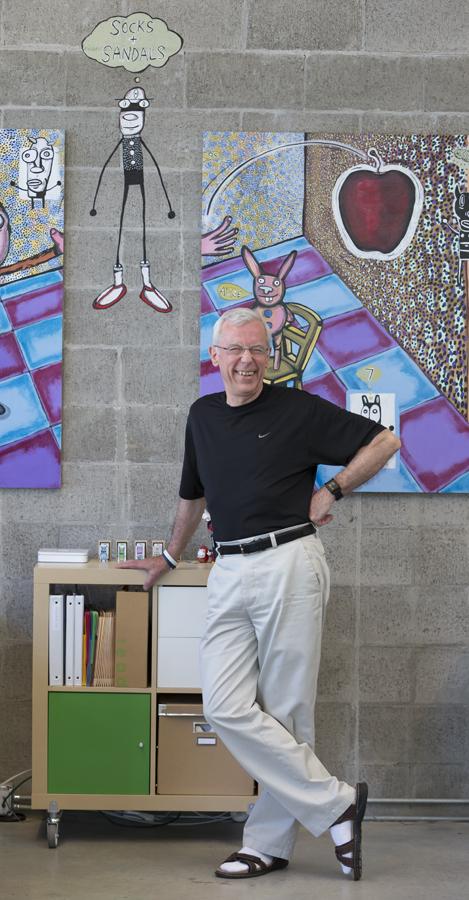Get the Interview, Get the Job
Student Portfolio Reviews Reveal Successful Tools & Tactics
For several years I’ve volunteered to review hardcopy portfolios from graduating University of Oregon public relations students. As part of the U of O program, each student presents their portfolio to a panel of three PR/marketing/communication professionals who rate their demeanor, presentation skills and mastery of career-related projects and assignments.
This experience, in addition to reviewing the daily emails and resumes sent to AM:PM PR by new hire hopefuls, has given me a good idea as to what makes a job candidate stand out. I’ve come to appreciate the value of a portfolio – it may be the best and most underused tool by jobseekers. While not always necessary, a portfolio can bolster the information found on a resume by demonstrating an expanded understanding of communication challenges and solutions.
Your portfolio should be easy to follow and easy to share. For the in-person interview, bring a hardcopy, or a tablet to walk through your work with a little digital pizzazz. Either way, make sure you bring extra printed copies of your best work to leave behind with your interviewer, who may want to share it with other decision makers.
Assembling the Standout Portfolio
Great portfolios for PR job candidates include:
- an up-to-date resume with skills and experience highlighting abilities related the the job you are interviewing for.
- a compilation of writing samples, i.e. pitch emails, press releases, blog posts and college assignments.
- before/after analytical data, such as website or social platform analytics from projects that you worked on.
- graphic, presentation or information design assignments. If you’re using printed pieces within a hardcopy portfolio, make sure you use high quality images. Pixelated images give the impression you don’t really understand the tools or you won’t go the extra mile on the job.
- materials or case studies from previous work or school experience that demonstrate strategy and results or challenges and solutions.
Leave a lasting impression
If time allows, offer to walk through your portfolio during the interview. Explain each item you’ve included as a case study – the assignment, how you thought through it, how it was executed and what the results were. The students who stood out most in the portfolio reviews I’ve experienced identified PR-related challenges and demonstrated their solutions and results.
Bonus points
Create a professional portfolio website. Think of it as your own personal branding tool. An attractive website demonstrates you value good design. Share links to your successes i.e. social sites, earned media, guest posts. Draft engaging and relevant blog posts. It doesn’t hurt to write fan posts about professionals you admire either. Like this interview with our very own Pat McComick.
Think about how you appear everywhere online. Include as much as possible on your LinkedIn profile and any other digital platform you use professionally, including your personal website. At 33-years-old, and only 7 years removed from a fledgling rock’n’roll career, I’m not a curmudgeon, per se – but even I recognize the importance of a clean social media profile. Consider the professional reputation you are building and what potential employers could take away from the messages you type or the information you share. You don’t have to stop having fun, but you do need to demonstrate you understand privacy settings.
Now, go get ‘em.






















